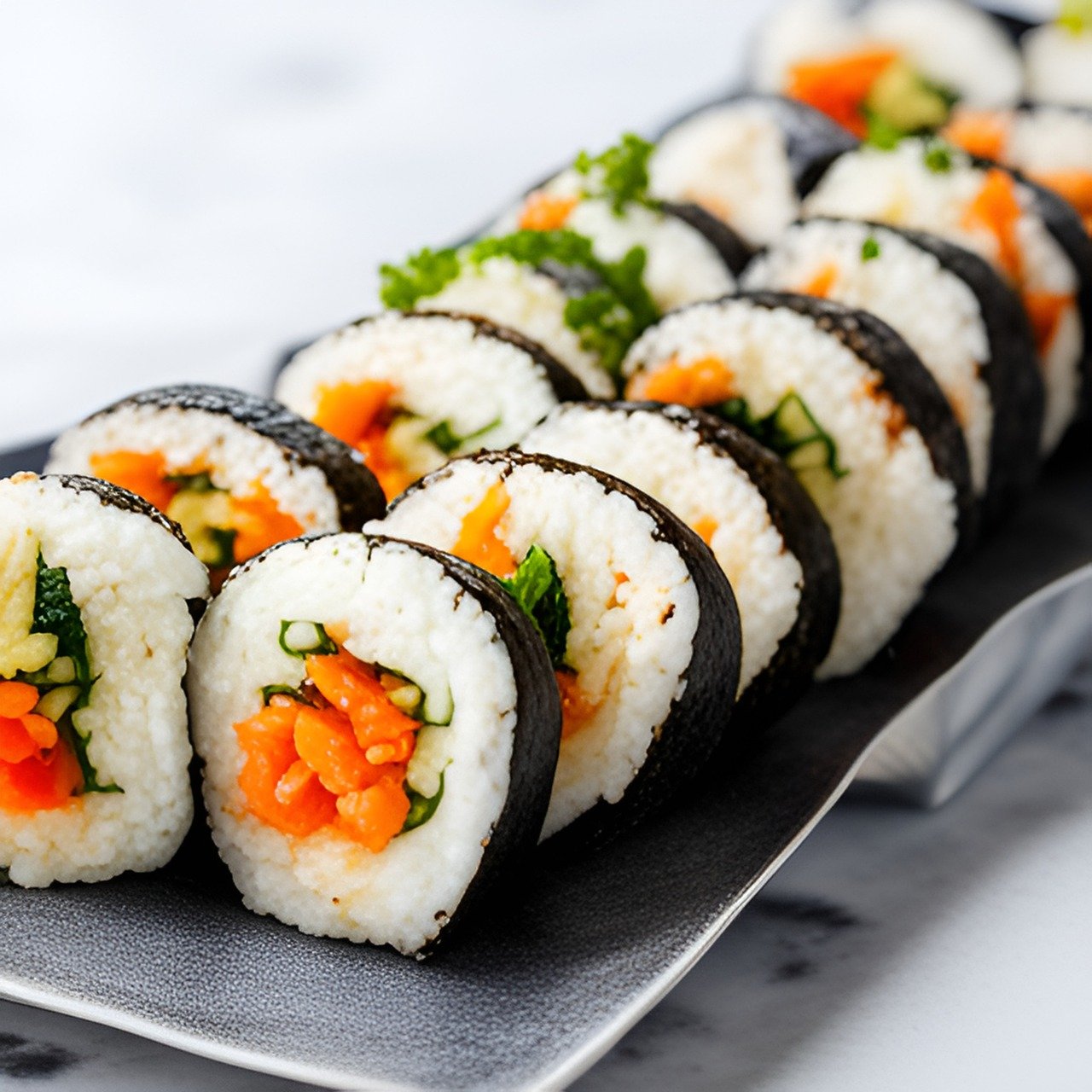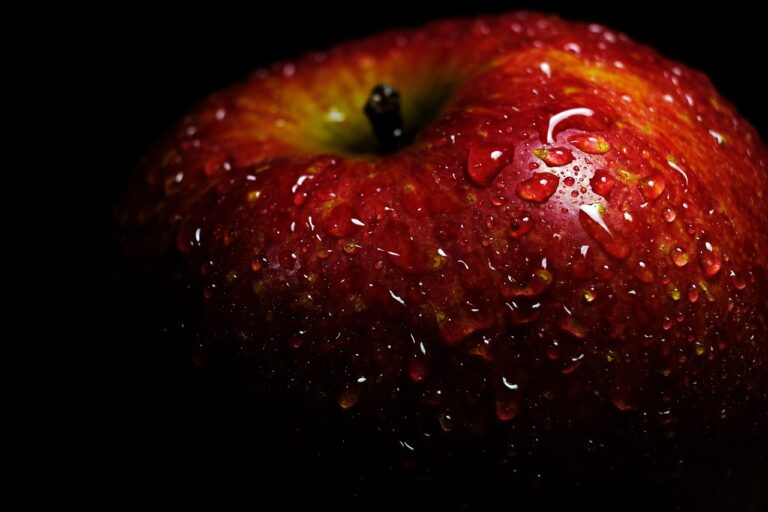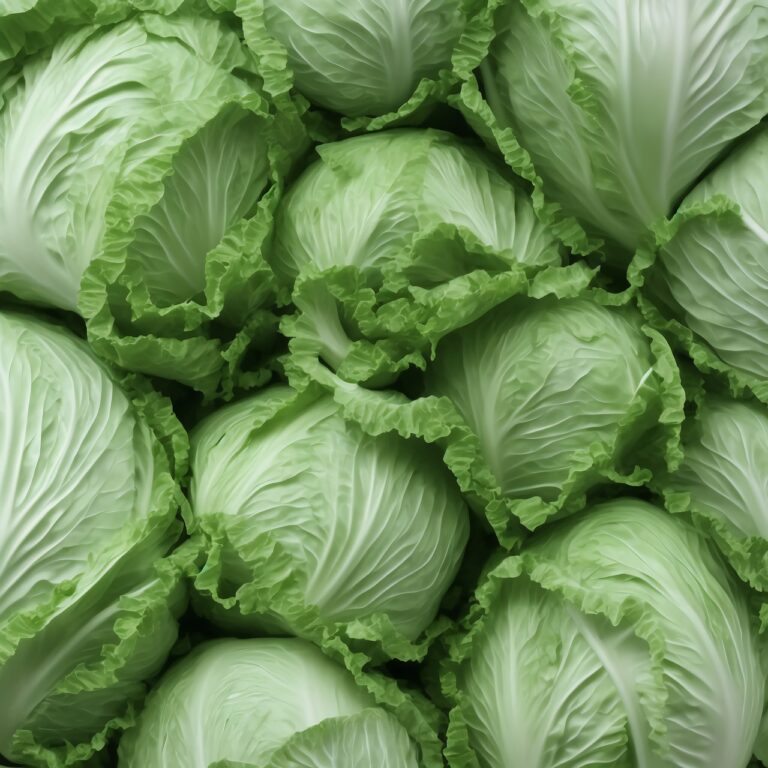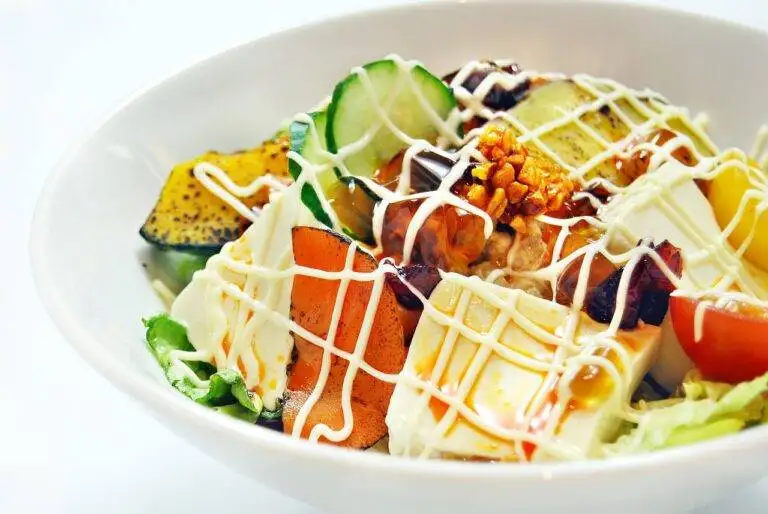Advancements in Food Packaging Technology
Traditional food packaging methods face various challenges in today’s dynamic food industry. One prominent issue is the lack of sustainability in materials used for packaging. Many traditional materials, such as plastic and Styrofoam, are non-biodegradable and contribute to environmental pollution. As consumer awareness grows about the importance of sustainability, there is an increasing demand for eco-friendly packaging alternatives.
Moreover, traditional food packaging methods often struggle to provide adequate protection to perishable goods. The limitations in design and materials can compromise the freshness and quality of the products during transportation and storage. This can lead to increased food waste and pose risks to food safety. As a result, there is a growing need for innovative packaging solutions that can address these challenges effectively.
Impact of Food Packaging on Food Safety
Food packaging plays a crucial role in ensuring the safety and quality of food products. Proper packaging helps in preserving food items, preventing contamination, and extending shelf life. Inadequate packaging can lead to food spoilage, growth of harmful bacteria, and chemical reactions that can compromise the safety of the food.
Different types of packaging materials, such as plastics, glass, and metals, have varying impacts on food safety. For example, certain plastic packaging may leach harmful chemicals into the food if not designed to be food-safe. Additionally, packaging that is not airtight or protective enough can expose the food to moisture, oxygen, and light, leading to degradation of the product and potential health risks for consumers.
Innovative Materials Used in Modern Food Packaging
In the realm of modern food packaging, innovative materials have revolutionized the way we store and transport our food products. These materials, such as biodegradable plastics, edible packaging, and active packaging technologies, offer a more sustainable and efficient alternative to traditional packaging methods. By utilizing these innovative materials, companies can extend the shelf life of their products while also reducing their environmental impact.
One prominent example of innovative materials in food packaging is the use of nanotechnology. Nanomaterials allow for enhanced barrier properties, antimicrobial capabilities, and even smart packaging solutions. With the ability to manipulate materials at the nanoscale, food packaging can now provide better protection against oxygen, moisture, and contaminants, ultimately ensuring the safety and quality of the food products inside.
What are some challenges in traditional food packaging methods?
Some challenges in traditional food packaging methods include limited shelf life, susceptibility to contamination, and lack of sustainability.
How does food packaging impact food safety?
Food packaging plays a crucial role in maintaining food safety by protecting food from contamination, extending shelf life, and preventing spoilage.
What are some innovative materials used in modern food packaging?
Some innovative materials used in modern food packaging include biodegradable plastics, edible coatings, antimicrobial films, and active packaging technologies.







